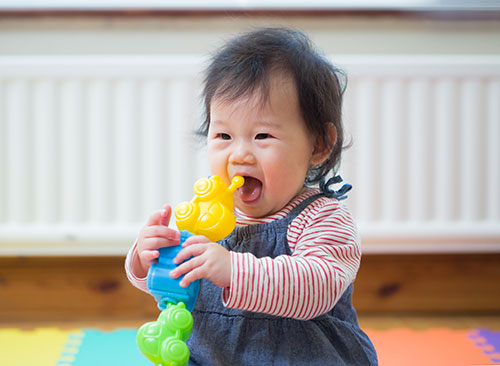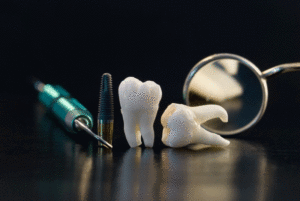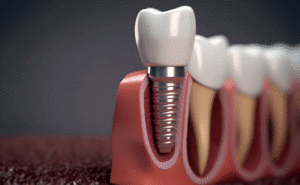Just when you finally get your child to consistently sleep through the night it seems like your toddler will begin teething, or the process where the baby teeth break through the gums. While teething often begins during the child’s infant stage of life, the most uncomfortable teething usually occurs when the child is anywhere from 24 to 36 months old. That’s when the molars begin to break through the gum line.
How To Tell If Your Toddler Is Teething:
It’s fairly easy to tell when your child is teething, as there are a number of symptoms that will likely come to fruition. These include:
- Drooling
- Fussiness
- Problems sleeping
- Lack of appetite
- Swelling in and around the mouth
If you suspect your child is teething, you can verify such by carefully looking inside of his or her mouth or running a clean finger across the gum line to see if you feel any teeth breaking through the gums.
As we noted in the opening, teething can be trying times for both parents and their children. Unfortunately, it’s a milestone that your child needs to happen. The good news, however, is that with a little bit of know-how, you can help relive any pain or discomfort that your youngster may be experiencing as a result of teething. Here’s a closer look at some of the top tips to relieve teething pain:
Top Tips for Teething Toddlers:
Like we said earlier, there are several effective things that you can do to help manage your toddler’s pain or discomfort while they’re teething. Here’s a look:
- Apply gentle pressure to the affected area of the gums: This is best done with either your child’s toothbrush or by running your clean finger across the area of the gum.
- Give them something to chew on: To up the ante on this tip, ensure that what they’ll be chewing on is cold. Good examples would be a baby carrot or other type of crunchy or chewy vegetable, or even a refrigerated teething ring.
- Over-the-counter pain killers: Many brands make pain killers in children’s versions as well as adult ones, and when administered prior to naps and bed, these pain killers can help minimize any irritation that your child may be experiencing from teething. This can help both you and your child get a better night’s rest.
- Amber products: Take this tip with a grain of salt, as there is no research evidence to back this one up, but many parents believe that amber bracelets, anklets and/or necklaces can help minimize teething pain. The thinking behind this method is that when worn, oil is released onto the skin, which helps ease any discomfort.
Hopefully, the above tips work. If they don’t, however, just remember that teething is only temporary. By your child’s third birthday, they should have all of their teeth in and you’ll be free from the perils of teething forever and on to handle other things.
Have More Questions?
For more information on how to manage your child’s teething discomfort, contact our doctors, Dr. Richard Caven, Dr. Shelby Denman, and Dr. Stephen Carpenter, by calling our Caven Dental office in Jacksonville, FL, to schedule a consultation today!



